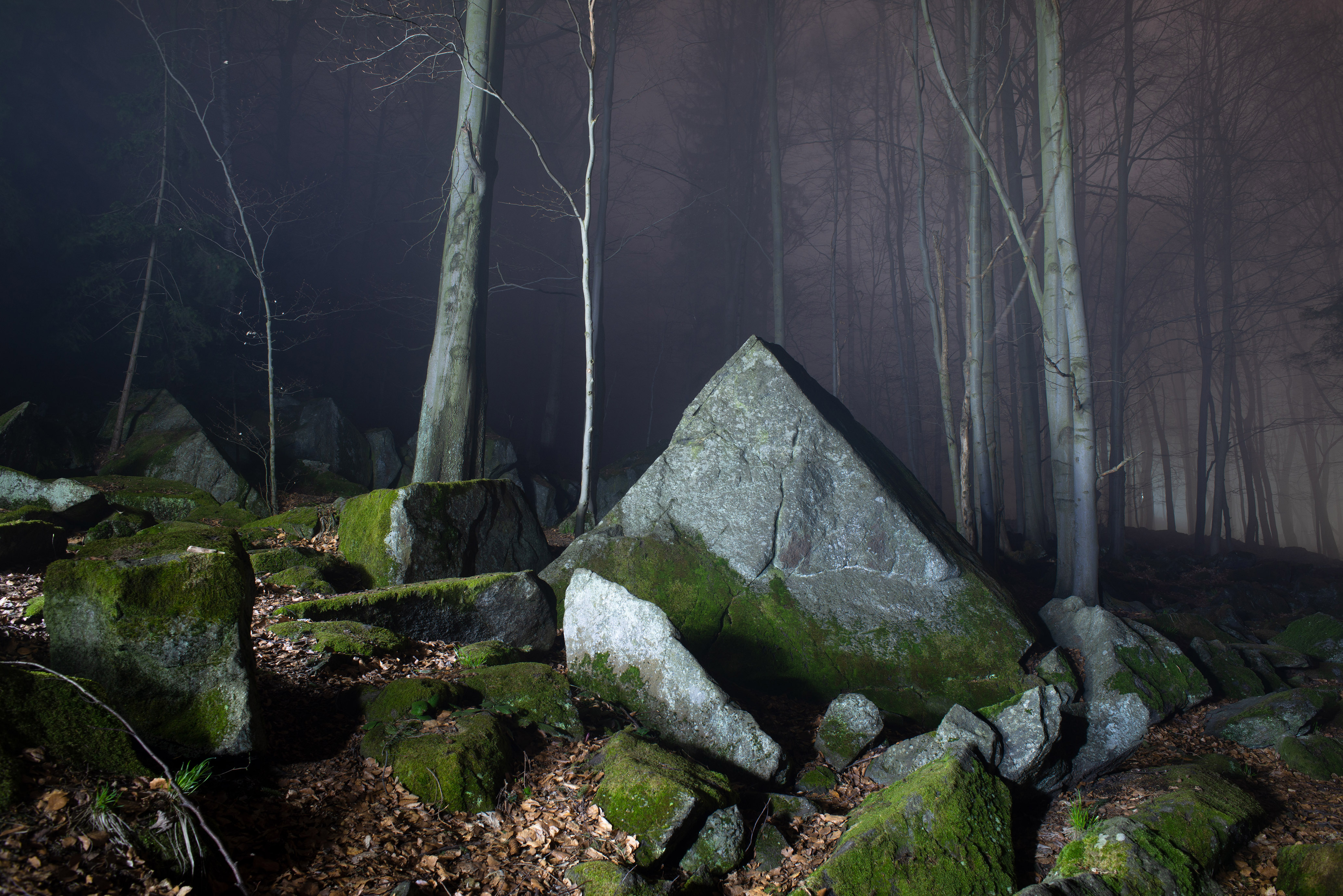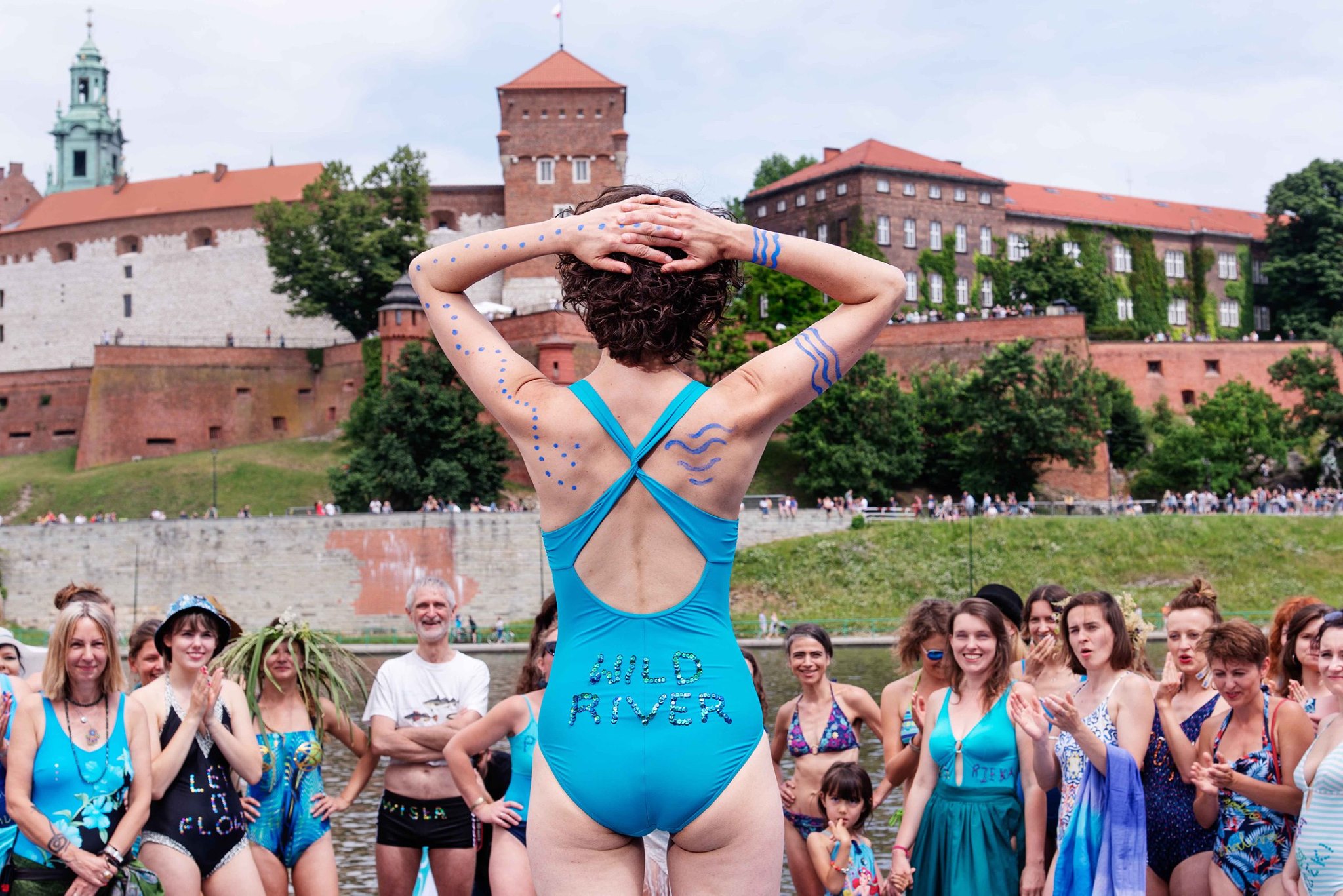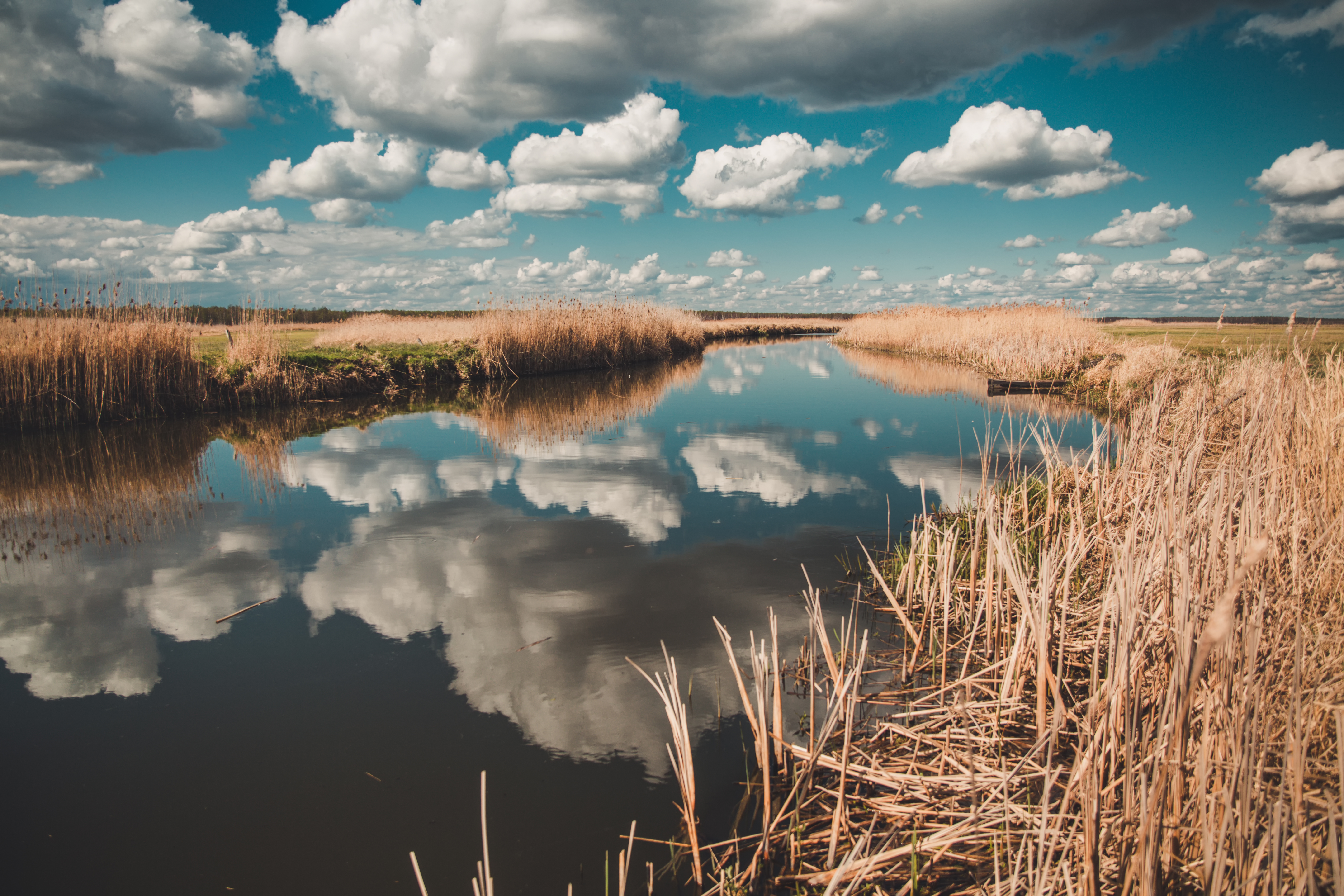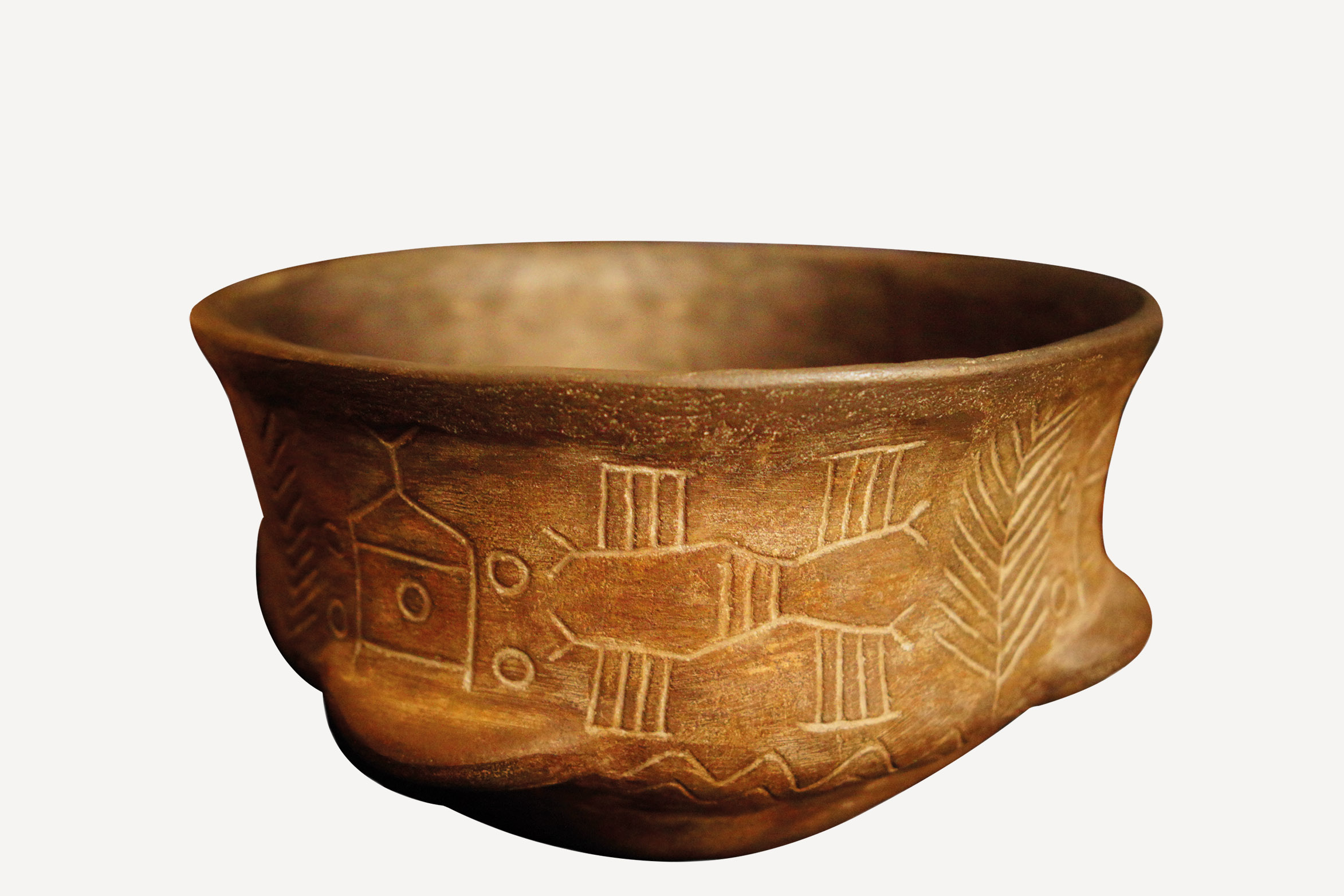
Photographer Szymon Rogiński, one of the leading representatives of new Polish documentary photography, has prepared a photo-essay featuring places in Poland where you can find traces of old civilizations.
Sacred sites with the remnants of mysterious structures whose purpose is unknown attract both ordinary tourists and adepts of esotericism. Kurgans, stone circles and the ruins of primeaval temples have become pilgrimage destinations. “Przekrój” recently visited such power spots – here are some visual souvenirs from these trips.
Bio-energo-therapists would claim that power (or spiritual) spots, are places where positive charges – which have a favourable effect on our bodies – have accumulated. The most well-known power spots in Poland consist of the ancient sites of pagan cults, where people including the Slavs and Goths used to worship elements, plants and animals. Among these special places, we can find sacred groves (i.e. separated forests), where rituals used to be performed. In early mediaeval times, there were plenty of such sites. Nowadays, we can observe a growing interest in the Slavic culture that was destroyed during Christianization. This culture had not received much attention since the era of Romanticism, but that trend is being bucked today.
One of the most characteristic traces of old beliefs preserved until modern times is a stone figure (colloquially called The Bear) placed on the top of Mount Ślęża in Lower Silesia (western Poland). Rituals were still performed there during the reign of Bolesław the Brave, the first king of Poland. We know this from the chronicles written by bishop and chronicler Thietmar of Merseburg, who called these acts “vile”. At that time, there would have been even more figures similar to The Bear. Sometimes they can be found at the bottom of ponds and lakes, where they were drowned in order to symbolically destroy the old order.
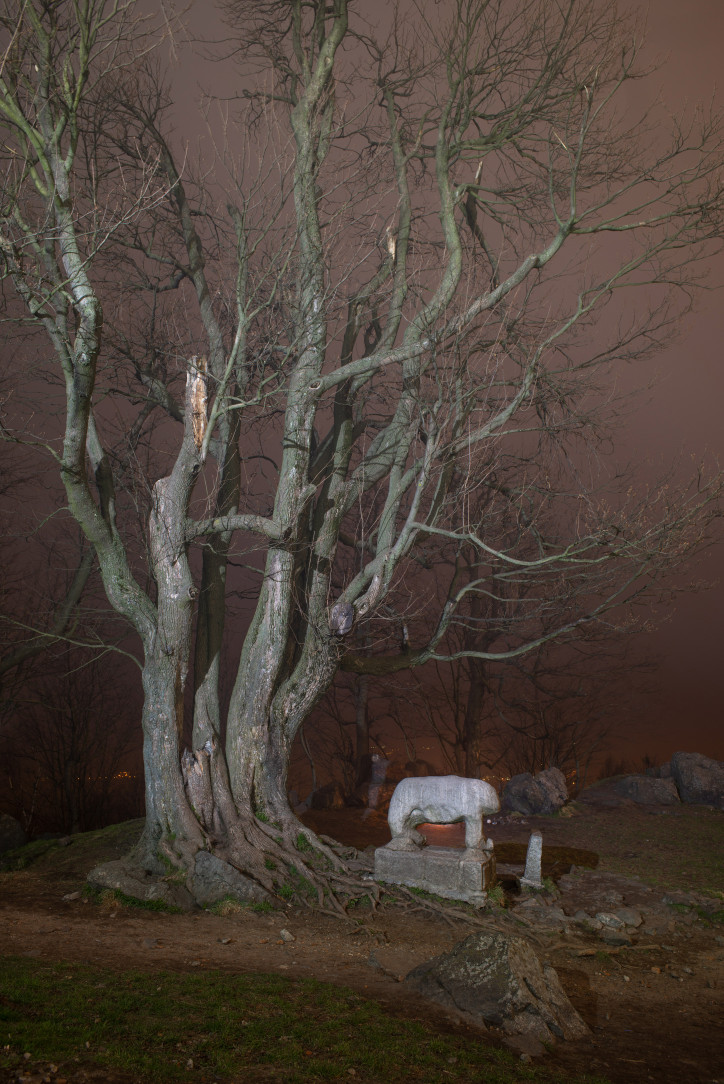
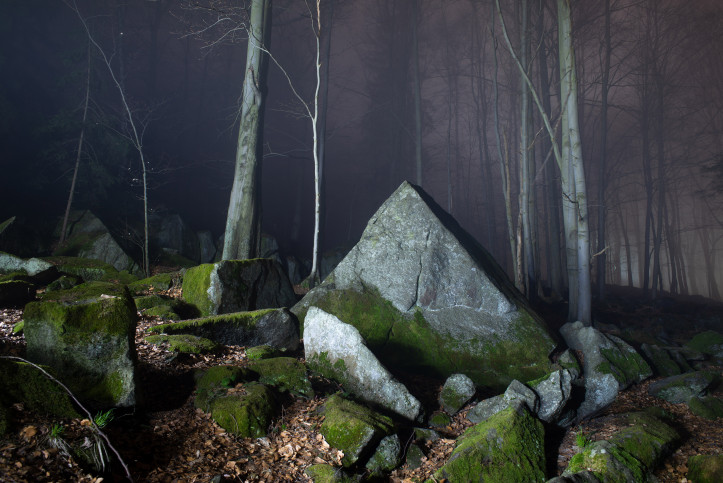
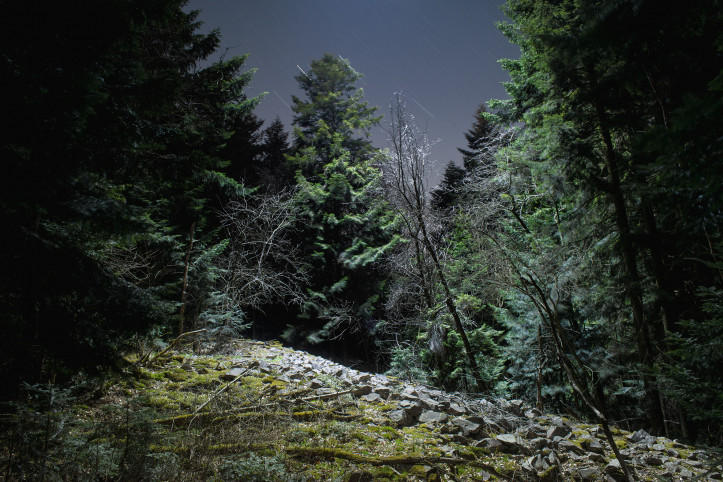
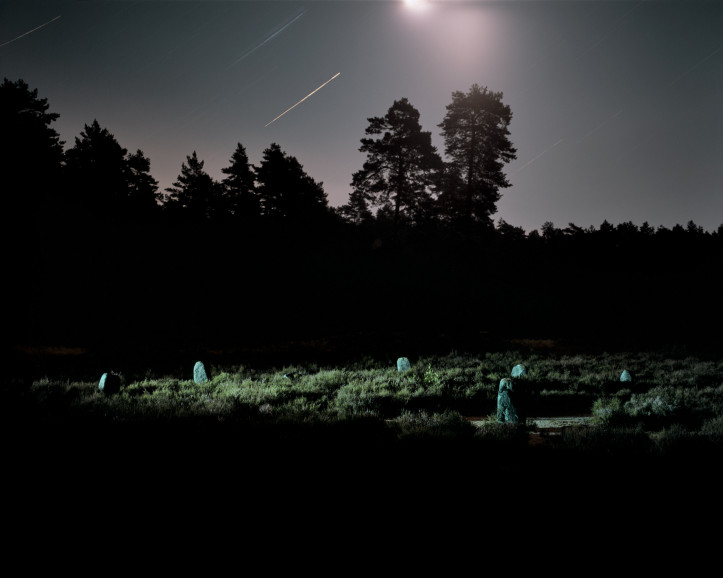
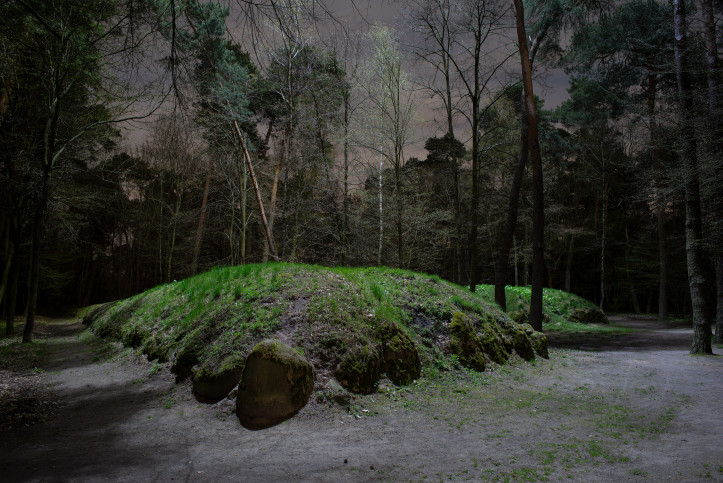
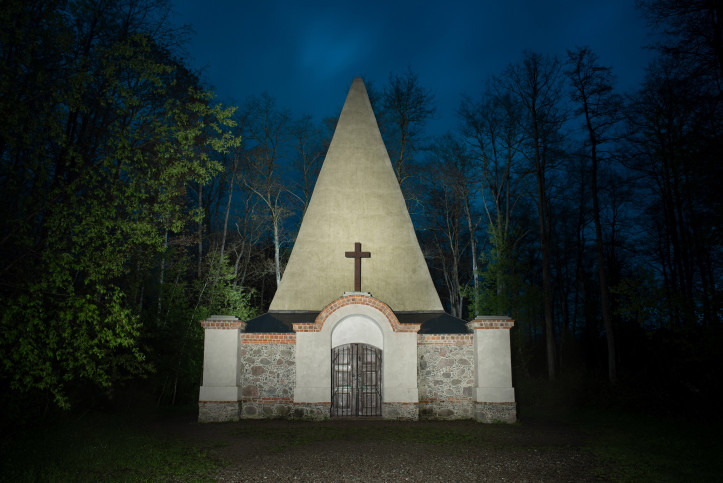
Pagan deities were also worshipped at Łysa Góra (Bald Mountain) in the Świętokrzyskie Mountains in southern Poland. A sandstone embankment is still preserved there until today – it probably designated a sanctuary. The monastery of the Holy Cross (Święty Krzyż, from which the mountains also derive their name) was founded at the old site of a pagan temple.
A huge burial ground, stone circle (the second largest one in Europe!) and kurgans – all remnants of the Goths and Gepids – can be found in the village of Odry in northern Poland. In the 1950s, a nature reserve was created there. Archaeologists discovered more than 600 graves, as well as many ceramics and ornaments from all across the Roman Empire. According to some scientists, human sacrificial rituals were performed there.
Interestingly enough, some power spots were created only recently. In the village Rapa in Masuria (northern Poland), a mausoleum – which belonged to the Von Fahrenheids, a wealthy Prussian family – was built in 1811. The structure’s shape was inspired by the Egyptian pyramids. Nowadays, more and more tourists visit the tomb; many of them choose to go there at night, when, according to a local legend, one can hear pleading cries for help. In German, of course.
Baron Friedrich von Fahrenheid, who commissioned the project for the family mausoleum, was indeed interested in Egypt and managed to collect an impressive amount of artefacts connected to it. The country was very popular in his times – partly thanks to Napoleon Bonaparte and his campaign of 1798–1801 – leading to the incorporation of ancient Egyptian motifs and imagery into European architecture and design. Years later, this phenomenon gained the name of ‘Egyptian Revival’. According to some sources, the tomb at the mausoleum was designed by the Danish artist Bertel Thorvaldsen, who also created the statues of Józef Poniatowski and Nicolaus Copernicus that can still be admired on Krakowskie Przedmieście street in Warsaw.
See more at: www.szymonroginski.com, www.instagram.com/szymon_roginski
Translated from the Polish by Julia Potocka-Ostoszewska


